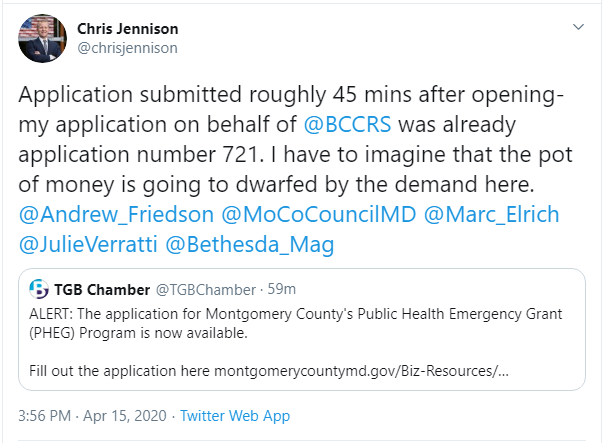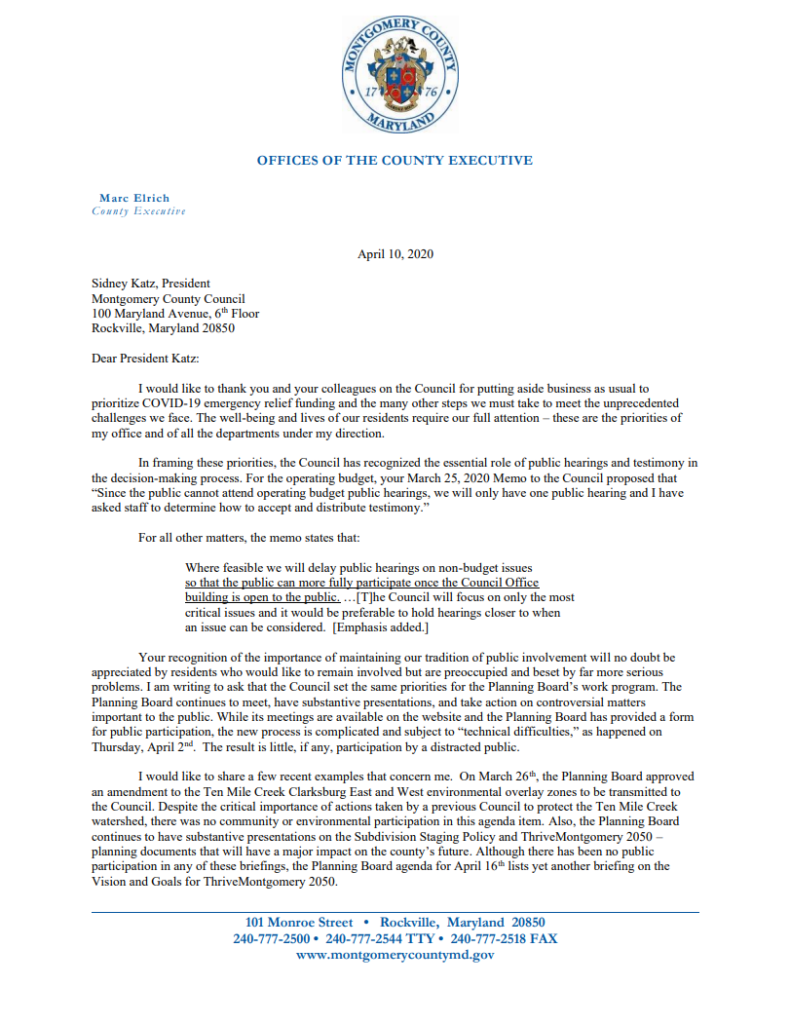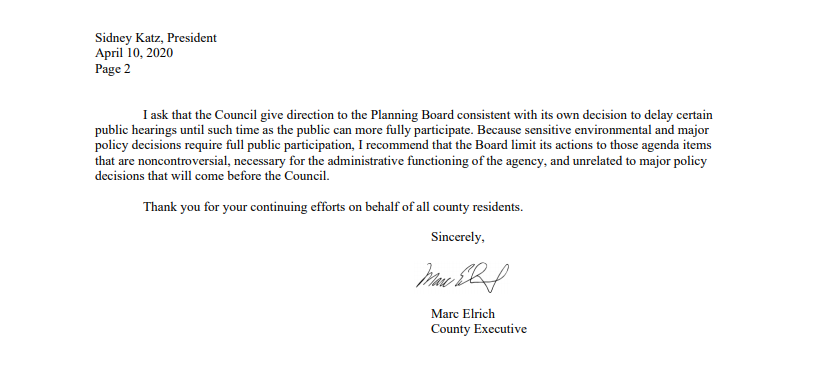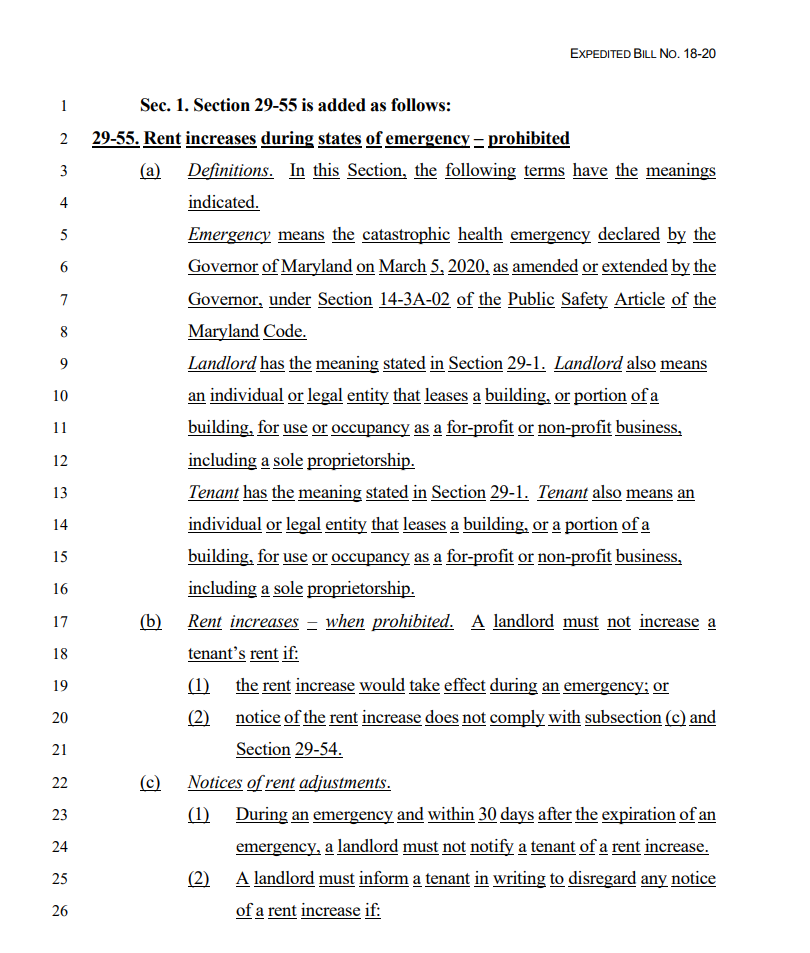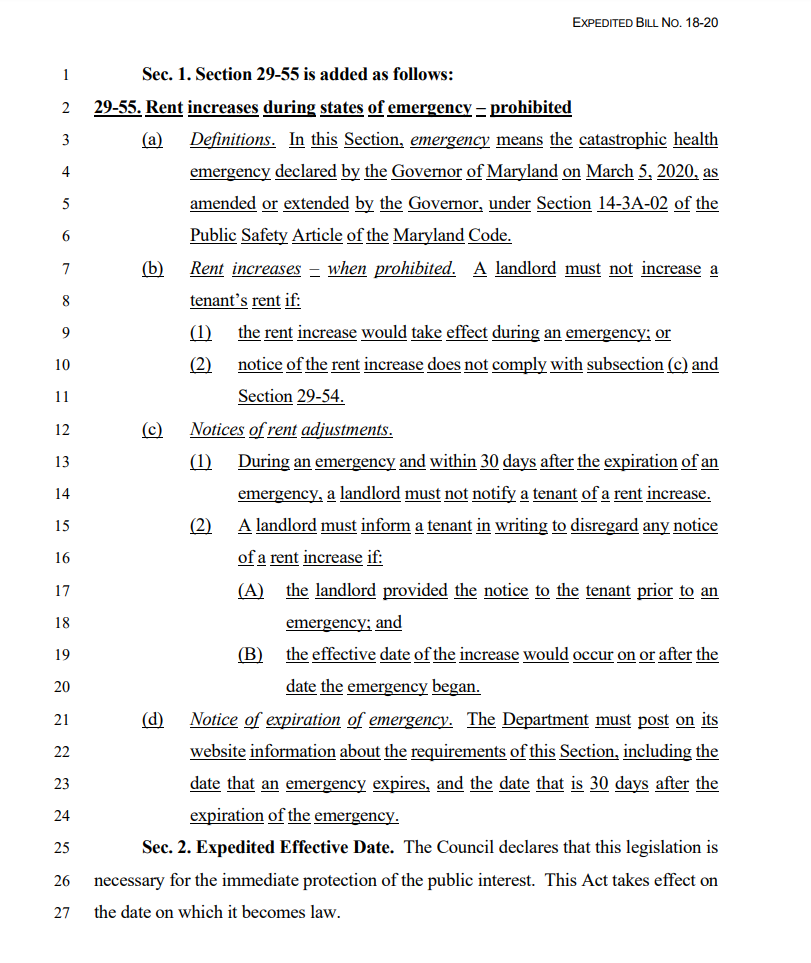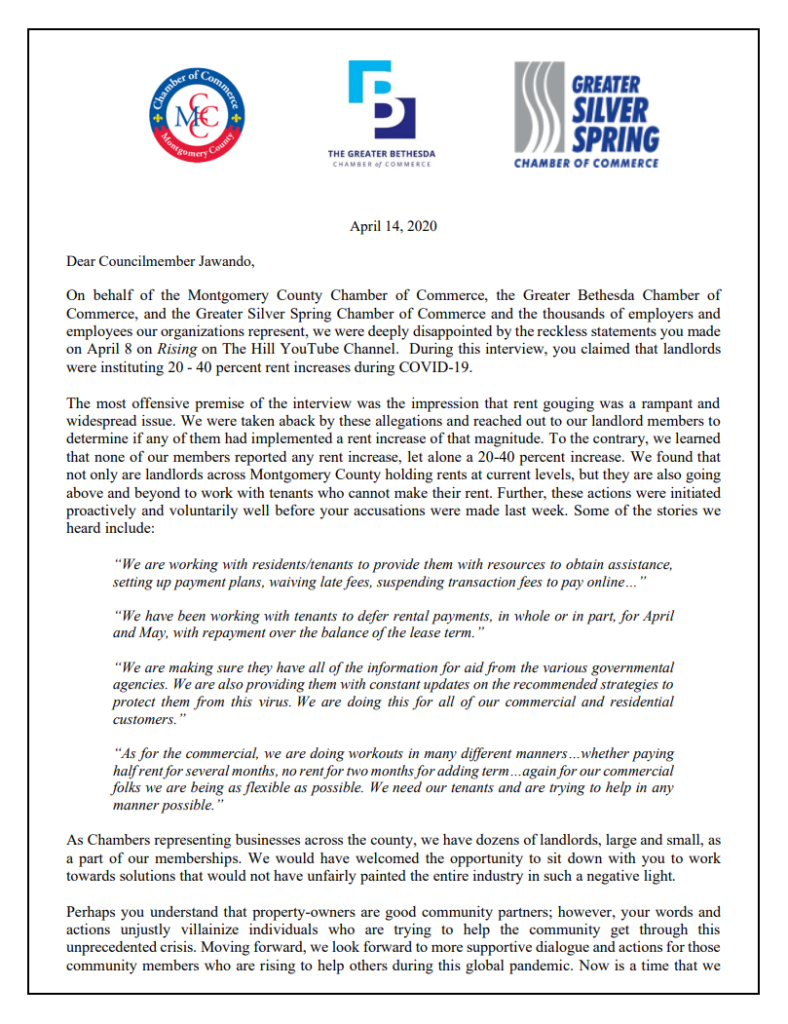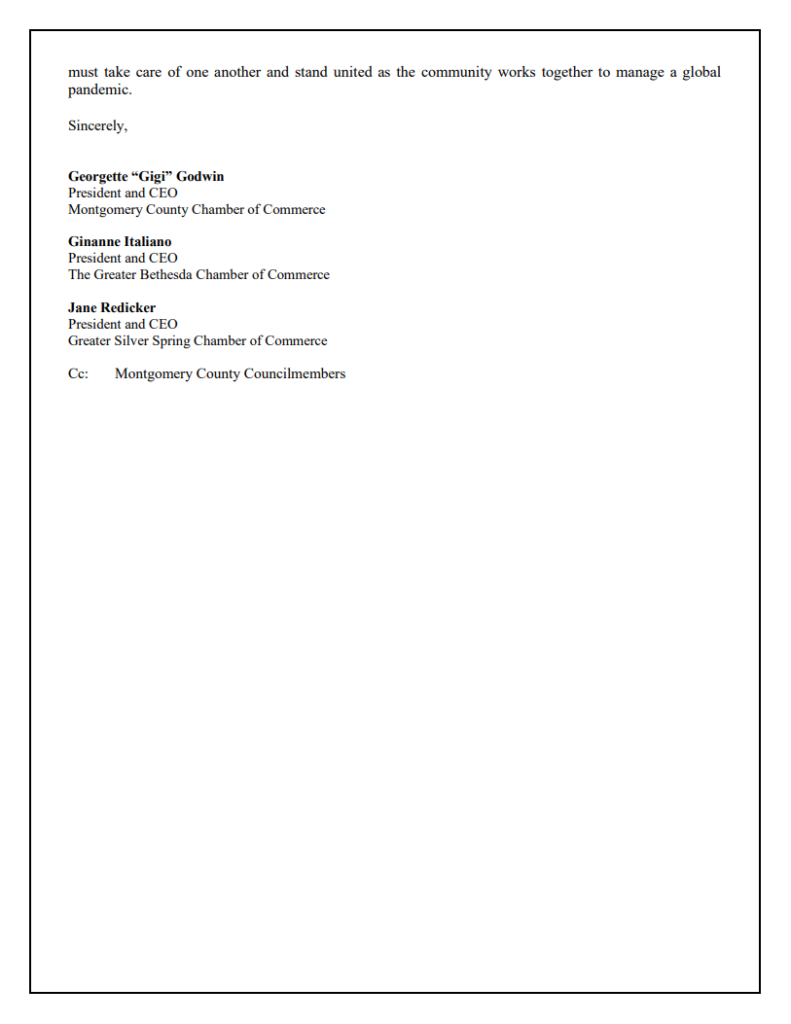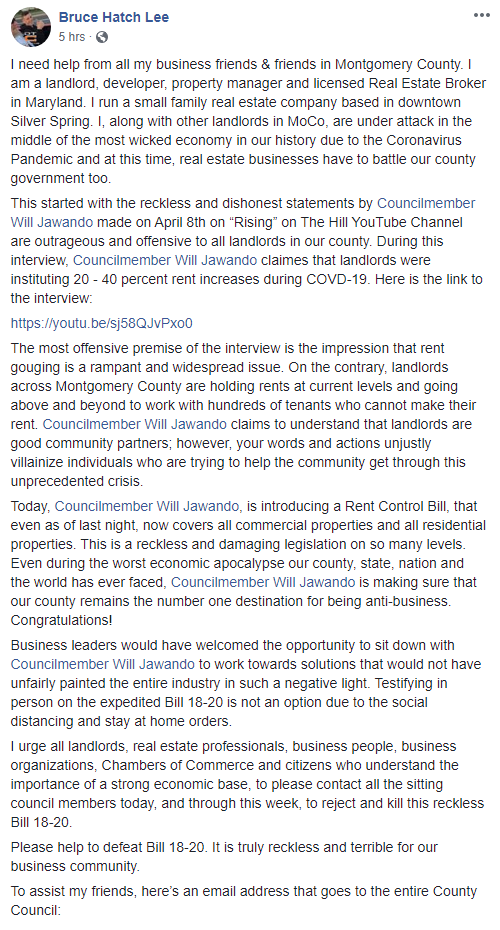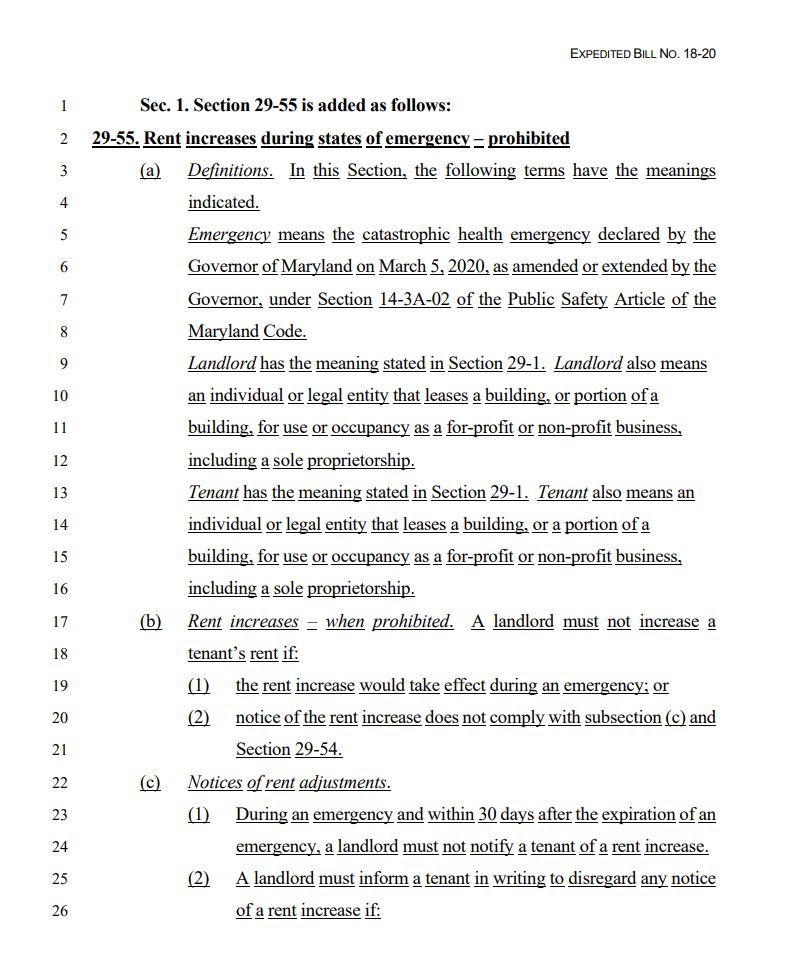By Adam Pagnucco.
There are many reasons to read government budgets. They illuminate the structure, function and priority of governments. They reflect what politicians actually do vs what they say. They lend themselves to making marvelous spreadsheets. And once in a while, you find something a little odd. Maybe something weird. And on rare occasions, something wilder than a jungle full of battling predators.
This is one of those rare occasions!
The item at hand is a non-departmental account (NDA) buried on page 70-28 in the county executive’s recommended budget. NDAs are expenditures that fall outside individual departments or apply across multiple departments. (Here’s a secret: these are some of the most fascinating items in the entire budget!) One new NDA recommended by the executive is called “Productivity Improvements.” Here is how the executive’s budget describes it.
This NDA recognizes cost efficiencies identified by Montgomery County Government staff through the evaluation of service delivery models, supervisory/management and workforce structures, relevant tools, equipment, and technologies, operating budgets, and contracts with outside vendors. The critical assessment of these factors and formulation of strategies to maintain, increase, or improve service delivery at a lower cost is a pillar of good government, especially in a fiscally challenging environment. The productivity and performance improvement effort is a collaborative initiative that involves County leadership, management, and represented employees.
The appropriation amount for this NDA is negative $10 million. You read that correctly. It’s not $10 million. It’s negative $10 million. That’s because the administration thinks it can save $10 million through “cost efficiencies.” What are these efficiencies exactly?
It’s not clear.
These “cost efficiencies” are definitely not achieved through government restructuring that saves a lot of money, a major campaign promise by the executive that has not been kept. Neither are they achieved through trimming employees since the executive’s budget adds 184 full-time-equivalent positions.
Council Member Hans Riemer called it a “$10 million magic asterisk funding item” and compared it to the deficit-exploding budget chicanery of the Reagan administration. Council Member Andrew Friedson called it a “phantom negative appropriation” and added, “Hoping for cuts is not a strategy. Asking for cuts to be made at a later date, for efficiencies to be found at a future time is not an appropriate way to pass a budget… We can’t just rhetoric our way out of this. We need results to get our way out of this. And we need reality to be part of this. And a $10 million phantom possibility to be named at a later date is not reality. It’s fantasy.”
When asked what this “magic asterisk” actually was, Council Staff Director Marlene Michaelson replied that it was “anticipated efficiencies that may be identified.” Michaelson added, “So from our perspective it means that there is a $10 million hole that the council needs to now fill either through additional reductions or additional resources. And given the signal that the council has already sent us about not wanting to try and increase taxes, it really is going to be additional reductions that need to be identified.”
Why does the magic asterisk create a $10 million hole? It turns out that it violates the county’s charter. Back in May 2008, the council resolved a disagreement over a property tax hike by reducing its size and passing a budget resolution calling on the executive to trim $13 million through unspecified efficiencies. Council staff uncovered a 2009 memo from County Attorney Marc Hansen concluding that such a negative appropriation violated the county’s charter. Hansen wrote:
A negative appropriation is not consistent with the Charter. A negative appropriation acts as a general command to the Executive to reduce appropriations made elsewhere in the budget. This is not consistent with the Charter, because the Charter requires the Council to adopt a budget that includes appropriations of specific amounts for specific purposes for the ensuing fiscal year.
Hansen remains the County Attorney today. It is unknown why the executive branch apparently did not know of this legal determination when formulating its budget.
Productivity improvements are great things when they are REAL. And when they are real, they can be booked inside departmental budgets. Is there new technology in the libraries that increases productivity? Great, then you can ask for $42 million for the libraries instead of $43 million. Is there new scheduling software in the fire department that can control overtime? Great, then you can ask for $227 million for fire services instead of $229 million. (OK, maybe we should not discuss fire department overtime.) The point is that there is a big difference between REAL productivity improvements and “anticipated efficiencies that may be identified.”
And so the magic asterisk has created a $10 million hole in the budget that the council must now close. The coronavirus crisis ensured that this year’s budget was going to be very tough. Now it’s a little bit tougher.

